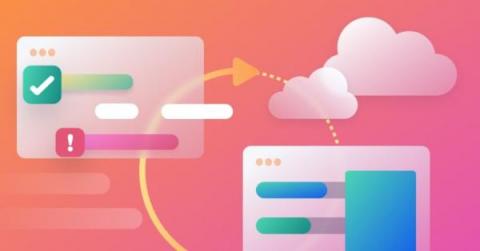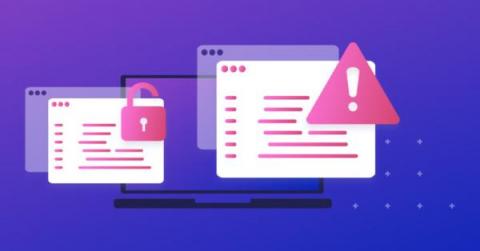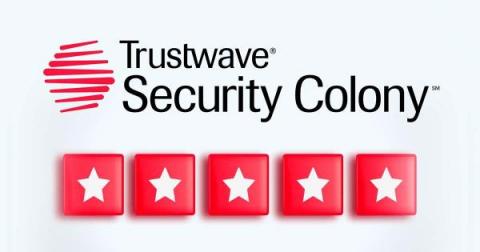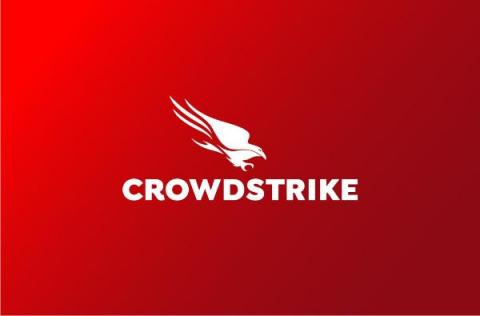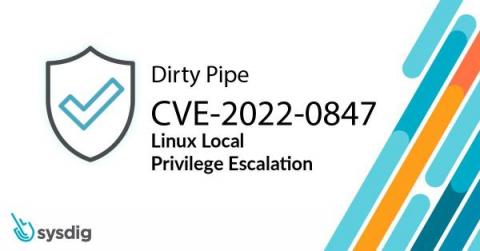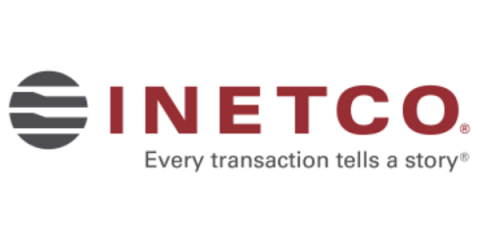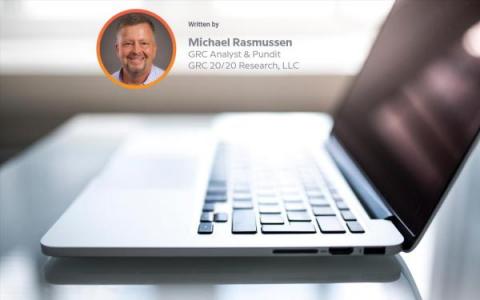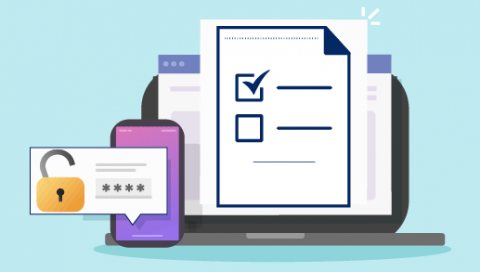Infrastructure drift and drift detection explained
Expectations do not always line up with reality. If you’ve started using infrastructure as code (IaC) to manage your infrastructure, you’re already on your way to making your cloud provisioning processes more secure. But there’s a second piece to the infrastructure lifecycle — how do you know what resources are not yet managed by IaC in your cloud? And of the managed resources, do they remain the same in the cloud as when you defined them in code?


